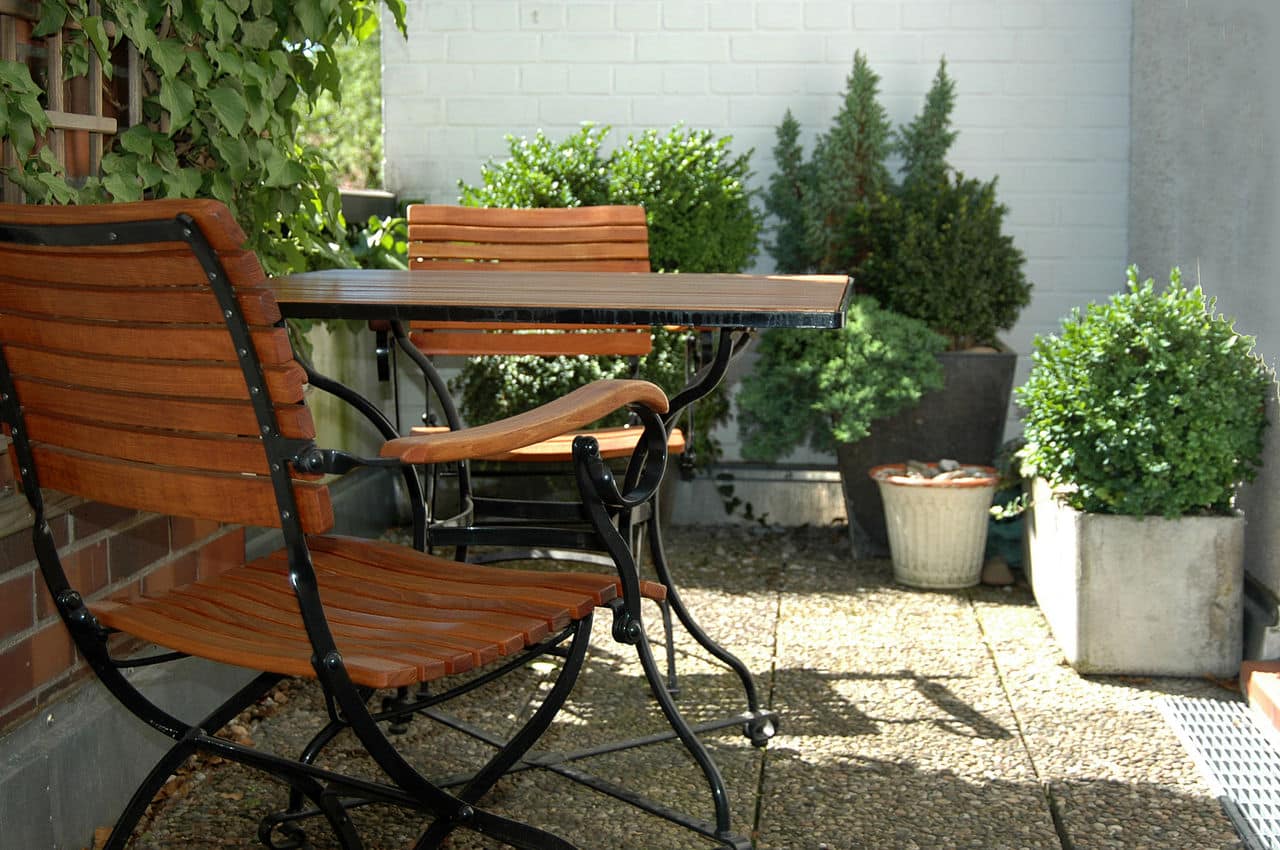
Image – Wikimedia/© H.-P.Haack
Is it possible to have trees on a terrace? Or in an attic? The answer is yes, but finding the most suitable species can take time. In addition, we must keep in mind that, since they are trees and therefore a plant that normally grows a minimum of five meters high, it will be necessary to think carefully about where it is going to be placed, and what maintenance it is going to give it.
And it is that not all can be grown in pots, unless we can. But of course, for that you also have to know that not all recover well from pruning. So, if you are looking for the best trees for terraces and/or attics, here is a selection.
Acacia of Constantinople (Albizia julibrissin)
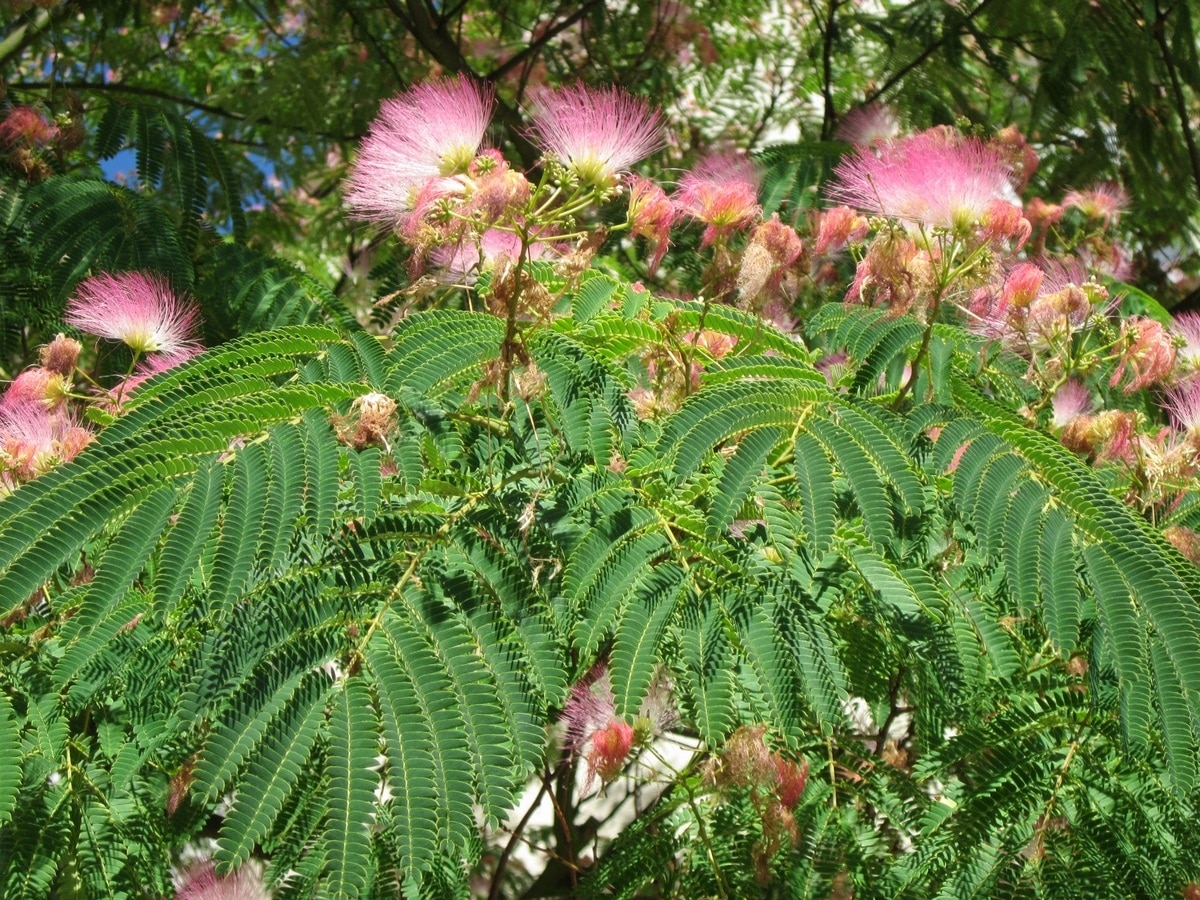
The Constantinople acacia, although it is not an acacia but an Albizia, is a deciduous tree that develops a parasoled crown and reaches 12 meters in height. Throughout the spring it produces pink compound flowers that attract a lot of attention.; in fact, those are its main attractions, but it has others. It is a plant that does not need to be watered frequently, and which is also perfect for attics or terraces with a lot of sun.
It does not usually have pest or disease problems. However, I recommend fertilizing it during the months when the weather is good (spring and summer) so that it grows better. For the rest, you should know that resists frost down to -12ºC.
Canada Maple (Acer saccharinum)
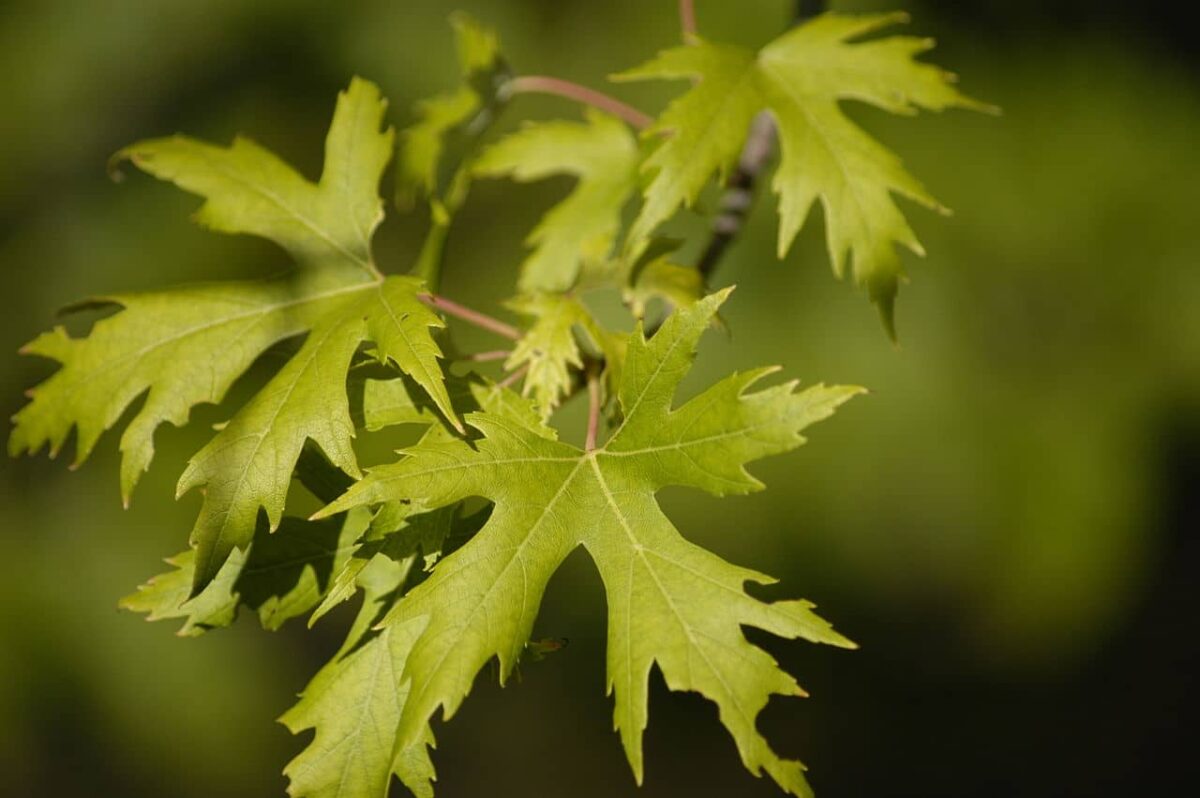
Image - Wikimedia / Simon Eugster
I could recommend other maples, like the Acer or Acer pseudoplatanus, but if the opportunity arises, I prefer to tell you about trees that I grow myself and that I know work well in certain places. For example, The Canadian maple is a deciduous plant that withstands direct sun well, and the heat of the Mediterranean does not harm it too much. as long as you have water at your disposal. In addition, it is very beautiful since in autumn it can turn from green to yellow or red. Of course, it can measure up to 30 meters (in a pot it remains much smaller).
Of course, it is an acid plant, which is why you must plant it in a pot with a specific substrate for these plants, or with coconut fiber, which also has a low pH. And, of course, the irrigation water must also be adequate: its pH must be between 4 and 6. It can also be irrigated with rainwater, or with water suitable for consumption. It resists well frosts down to -20ºC.
Flowering dogwoodcornus florida)

Image - Flickr / carlfbagge
El flowering dogwood it is a deciduous tree up to 6 meters high that tolerates pruning, and can therefore be kept in a pot throughout its life. Its flowers are white or pink and appear in spring., before the leaves do. These have a great ornamental value, since they are quite large and therefore attract a lot of attention. As if that were not enough, in autumn the foliage turns red before falling.
But you should know that it is an acidic plant, like the maple that I told you about before. That is why you must plant it in a pot with an acid substrate, and water it with rainwater or one whose pH is low. Resists frost down to -12ºC.
Ficus benjamina
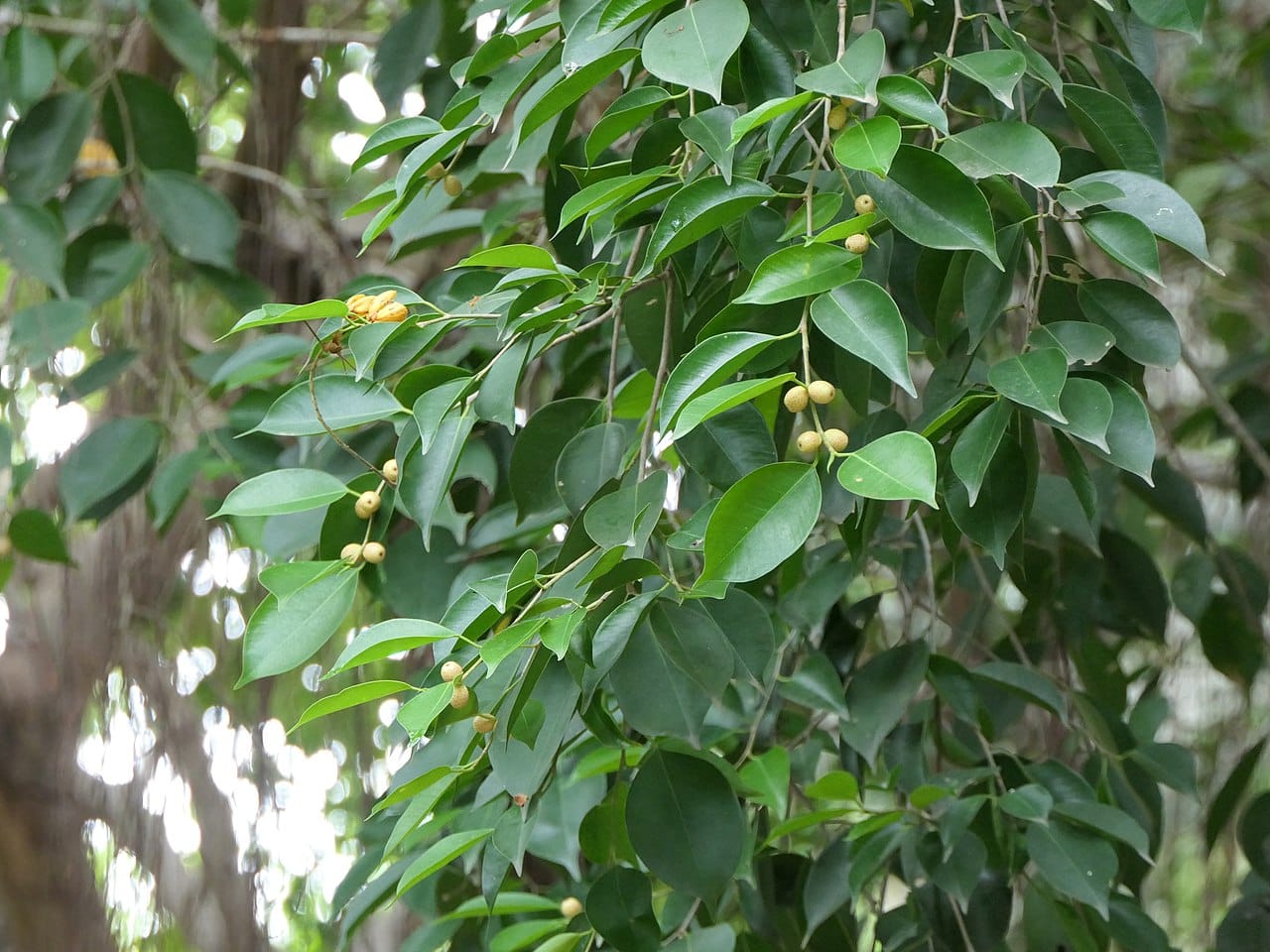
Image - Wikimedia / Dinesh Valke
El Ficus benjamina It is an evergreen tree that, if we look for photos of adult specimens on the Internet, we probably won't be interested in having it in a pot because despite its name, it grows quite large, up to 20 meters. But the truth is that It tolerates pruning very well, and also does not grow fast. It is one of those that people tend to have precisely in a container, for example at the entrance of the house or in the attic, because its growth is controlled without problems.
But we will have to plant it in bigger and bigger pots, at least until it has gotten too big and heavy and we can't. Likewise, it will be necessary to place it in an area protected from strong winds and frost. From experience, I will tell you that mine starts to lose some leaves when temperatures stay below 10ºC, but It supports up to -2ºC if it is a short-term frost.
Frangipani (red plumeria)
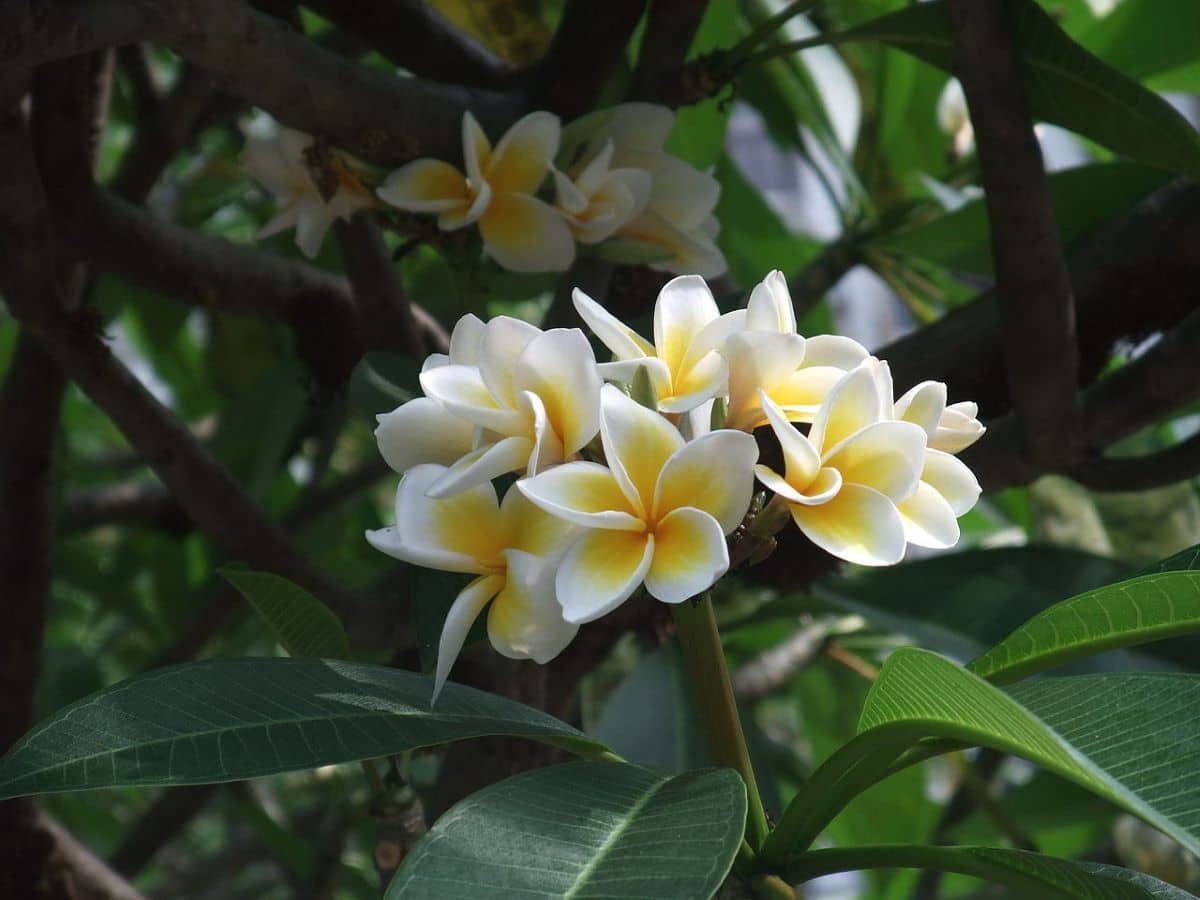
Image - Wikimedia / Minghong
La red plumeria It is an evergreen or deciduous tree depending on the climate that, due to its slow growth, can be grown for years in pots., even throughout his life. What is special about this plant? Without a doubt, its flowers. These sprout in summer, and besides being beautiful, they smell wonderful. It can reach 5 meters in height.
The only drawback is that he doesn't like the cold very much. If the temperature drops below 10 degrees it loses its leaves, and it drops below 0 degrees it dies. Therefore, in winter you will have to bring it home if there is frost in your area.
William (Amelanchier canadensis)

Image - Wikimedia / Rasbak
The William of Canada It is a large deciduous tree or shrub up to 8 meters tall. which I personally love. In spring, before the leaves emerge, it produces many white flowers which are very pretty. In autumn, these leaves turn a deep red color, and in winter, even if it is at rest, it is also very beautiful.
It resists strong frost without any problem, up to -23ºC. It tolerates pruning well, so you can prune it if you consider it necessary.
Kumquat (Fortunella)
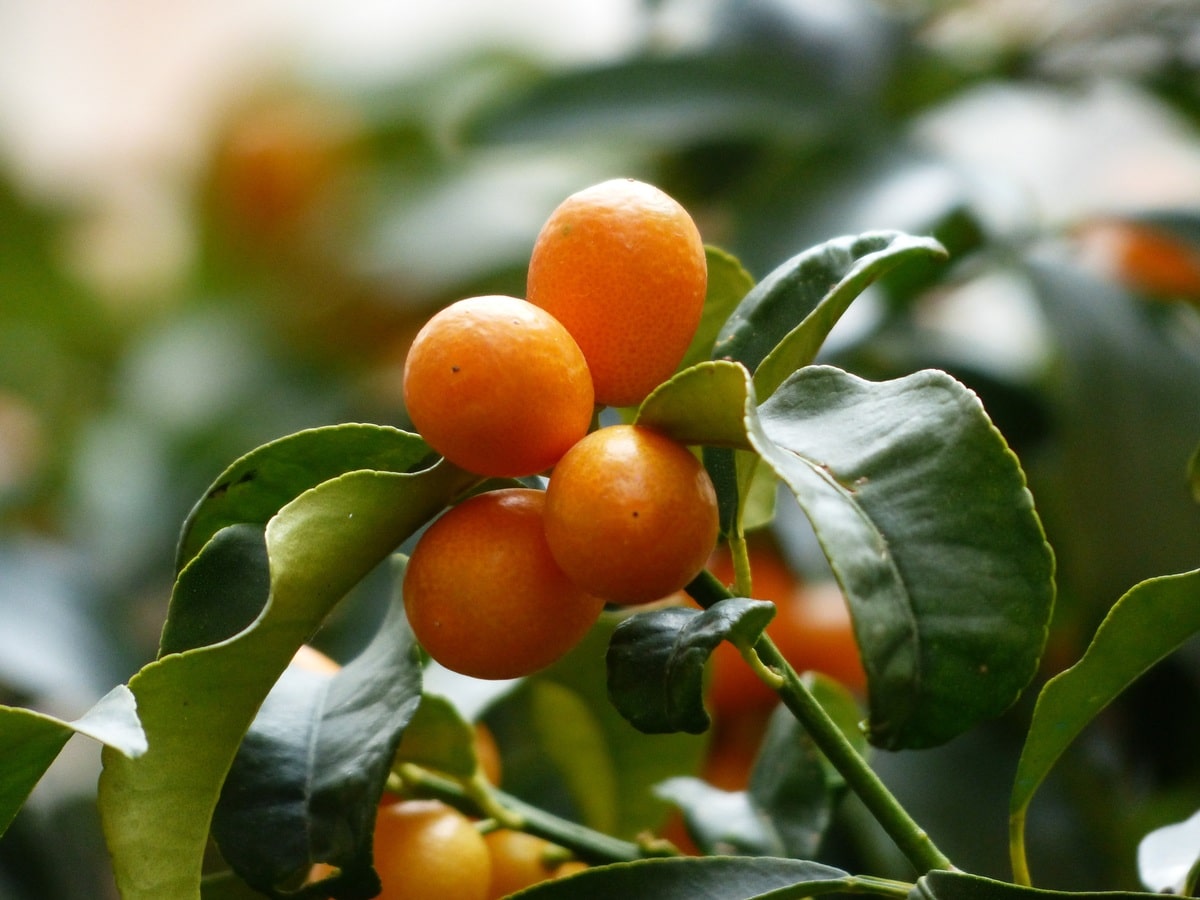
El kumquat It is a small 5 meter tall evergreen citrus fruit that adapts very well to living in pots., since it does not need much space to grow. It is a very pretty plant, with the appearance of a dwarf orange tree. What's more, the fruits that it produces certainly look orange, since they have more or less the same shape and the skin is of that color, but of course, they are much smaller.
It is a little tree that can do well in attics and terraces, as it supports direct sun well, and it is not very demanding. Also, withstands cold and frosts down to -8ºC.
Lemon Tree (Citrus x lemon)
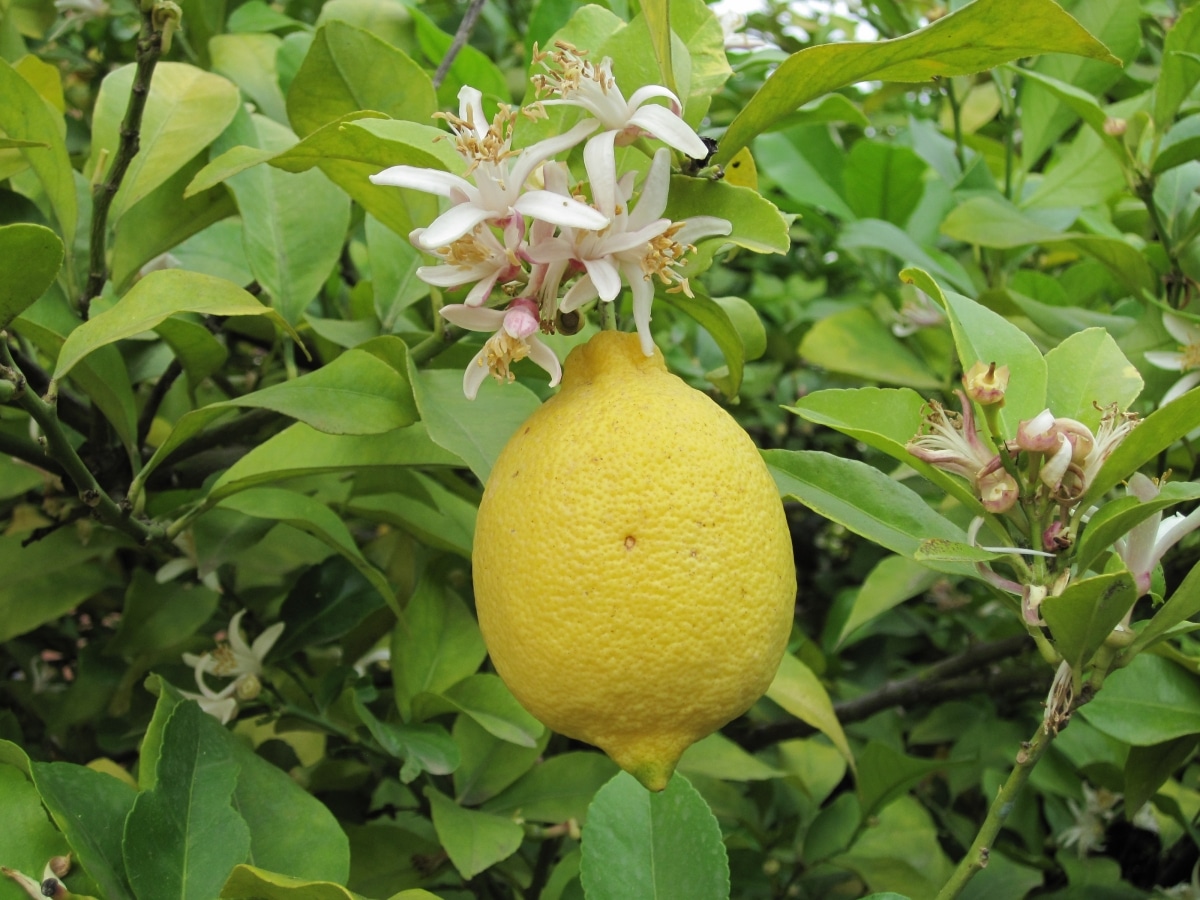
Image - Wikimedia / Petar43
El lemon Tree It is another of the trees that I have in the patio, in a pot, and which I think is very interesting for terraces and attics. It is an evergreen fruit tree that does not grow very fast, and also produces very aromatic white flowers.. Likewise, it bears fruit at an early age, and in doing so usually produces a large number of fruits (lemons). It grows up to 6 meters tall.
The only drawback is that when it is planted in alkaline soils or when irrigated with water like this, with a pH of 7 or higher, it tends to have chlorosis in its leaves. This chlorosis makes its foliage look yellow, since it lacks manganese, its production of chlorophyll -which is the pigment that gives the leaves their green color- is reduced. But this can be prevented by fertilizing it with a citrus fertilizer regularly. Resists frost down to -7ºC.
Mandarin (Citrus reticulata)
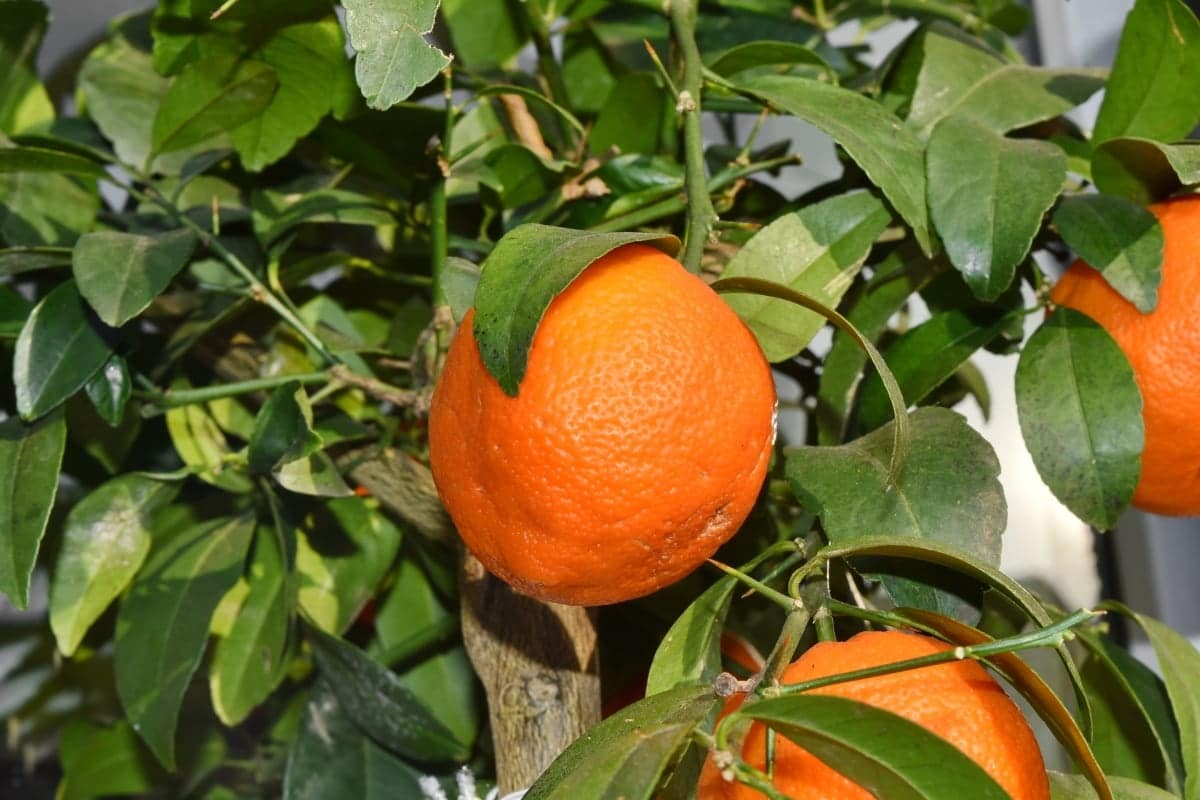
El tangerine It is another citrus that I also recommend having in an attic or terrace. It is evergreen, and it does not grow much by itself, so it is interesting to grow it in a pot since it does not exceed 5 meters.. Also, as you know, it produces edible fruits, mandarins, which are somewhat smaller than oranges and have a sweeter taste.
Also, you have to know that it can be in full sun, but also in semi-shade. It is not a demanding tree, but it does need to be fertilized from time to time with a citrus fertilizer, especially if the soil is alkaline (with a pH of 7 or higher). In this way, its leaves are prevented from becoming chlorotic. Resists up to -6ºC.
Olive (Olea europaea)
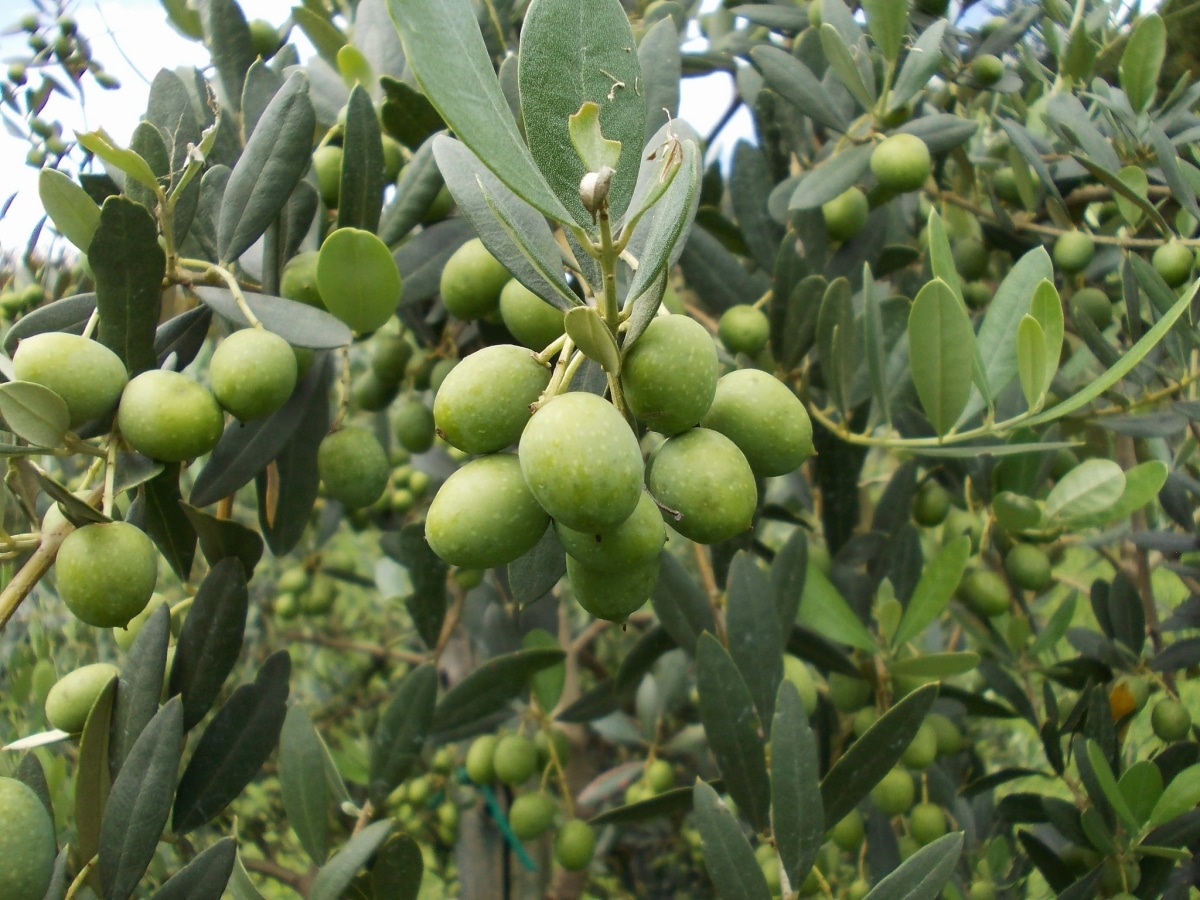
Image - Flickr / Stefano
If you want to give your terrace or attic a Mediterranean touch, what better than planting a potted olive tree and keep it there. It is an evergreen fruit tree up to 15 meters high that withstands drought and heat very well.; in fact, it supports temperatures as high as 40ºC. And no, it's not too scared of frost either: it supports up to -8ºC. For all these reasons, it is a low-maintenance tree that can give you a lot of satisfaction.
It grows at a slow pace, but produces fruits -the olives- relatively soon, after a few years. sayings fruits are edible, and in fact they can be eaten fresh, just picked from the tree.
Which of these terrace and attic trees did you like the most?